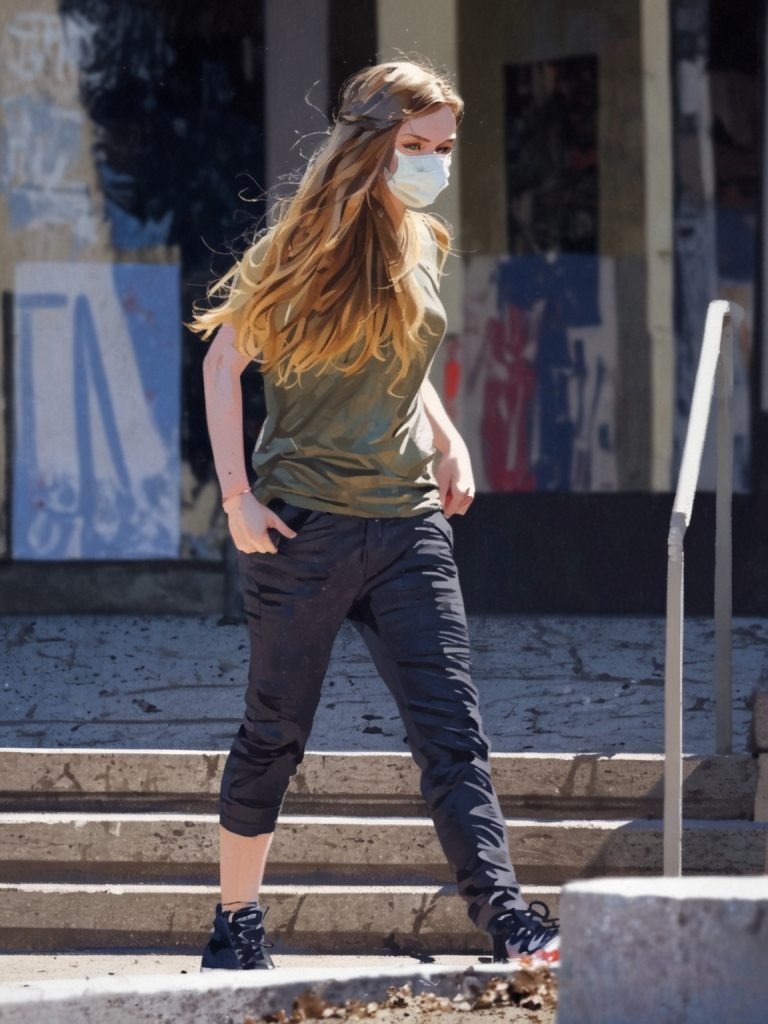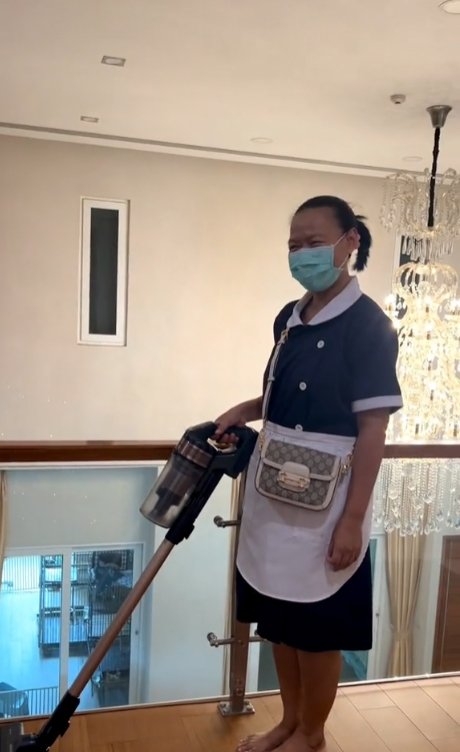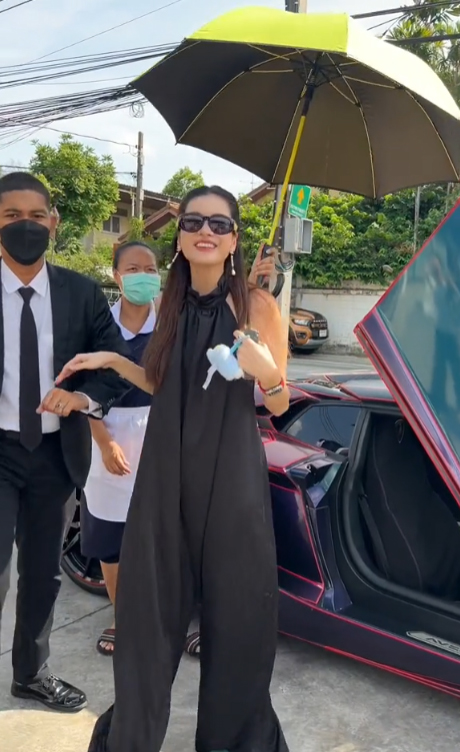We live in an age where information is the new currency, yet counterfeit bills are rampant. The digital realm, once a promised land of unfiltered truth, has morphed into a labyrinth of echo chambers and misinformation. Search engines, the supposed gatekeepers of knowledge, often feel more like casino slot machines, spitting out random, often irrelevant results. Is it time to demand more from our digital detectives?
Or perhaps, it’s time for a new breed of sleuth, one that doesn’t just find information but comprehends it. A tool that can distinguish between fact and fiction, between signal and noise. A search engine that’s not just a machine, but a thinking partner.
TL;DR
- SearchGPT offers summarized information with cited sources.
- Publishers are concerned about potential loss of traffic.
- OpenAI is partnering with publishers to address concerns.
- SearchGPT could democratize access to reliable information.
OpenAI has recently launched a test version of its highly anticipated search engine, SearchGPT. This new tool is designed to revolutionize how we find information online. Unlike traditional search engines, SearchGPT promises to cite sources, including reputable news outlets such as The Wall Street Journal and The Atlantic magazine. This feature aims to ensure that users get accurate and reliable information. Sounds too good to be true, doesn’t it?
What is SearchGPT?
SearchGPT is not just another search engine. It’s a smart tool that summarizes information from various websites, including news sites, and allows users to ask follow-up questions. This functionality is similar to what we’ve come to expect from OpenAI’s popular chatbot, ChatGPT. The kicker? All the sources are neatly linked at the end of each answer. Imagine having a search engine that does more than just spew out a list of links—it actually gives you the information you need, and tells you where it came from. Genius, right?
Features and Functionality
OpenAI didn’t stop there. They added a sidebar to SearchGPT where users can see more results and sources with relevant information. This feature ensures that users get a comprehensive view of their query. It’s like having a librarian who not only finds the book you’re looking for but also recommends a few others you might like.
This move is OpenAI’s most direct challenge to Google’s dominance in the search engine market since the release of ChatGPT in 2022. Google, caught off guard, quickly rolled out its own AI search feature that synthesizes information from multiple web sources. Despite Google-parent Alphabet’s shares falling by nearly 3% last Thursday, the competition in the AI search space is heating up.
The Rising Competition
OpenAI isn’t the only player in the game. Other AI companies, like Perplexity, are also entering the search battle. Backed by Jeff Bezos and founded by a former OpenAI employee, Perplexity is making waves with its innovative approach. It’s clear that the search engine landscape is evolving, and the big tech giants are feeling the pressure.
A Shift in Partnership Dynamics
OpenAI’s approach to building SearchGPT involved partnering with publishers. Over recent months, OpenAI representatives have showcased mock-ups of the feature to publishers. These discussions have been crucial, especially as publishers are increasingly uneasy about AI reshaping their newsrooms amid declines in online traffic.
Publishers are concerned that AI-powered search tools from OpenAI or Google will provide complete answers based on news content, eliminating the need for users to click on article links. This could starve publishers of online traffic and advertising revenue. However, OpenAI seems optimistic. “We expect to learn more about user behavior during the test,” said an OpenAI spokeswoman.
Publishers’ Concerns
Publishers have reason to be wary of tech partnerships. Over the past decade, they’ve dealt with the whims of tech giants like Facebook and Google. These companies’ product changes could sometimes lead to significant fluctuations in online traffic. Their fears were further fanned when Perplexity repurposed a story by Forbes magazine for one of its products, mentioning the news source only at the bottom of the page. Perplexity’s CEO Aravind Srinivas attributed the issue to the product’s “rough edges.”
Despite these concerns, many publishers see value in selling access to their intellectual property to AI companies. These companies need massive amounts of data and content to refine their AI systems and create new products like SearchGPT.

OpenAI’s Strategic Partnerships
In the past year, OpenAI has forged partnerships with numerous news publishers, including Politico, Business Insider’s parent Axel Springer, the Associated Press, Le Monde, the Financial Times, and IAC’s Dotdash Meredith, which owns publications like People and Better Homes & Gardens. In some of these deals, OpenAI has extended millions of dollars in cash and cloud credits to publishers in exchange for the right to train new generative AI models on their work.
However, not all publishers are on board. The New York Times, for instance, has chosen to battle OpenAI and its backer, Microsoft, in court. They allege that their content was used without permission to train OpenAI’s systems. OpenAI has dismissed the lawsuit as without merit.
Navigating the Future
Many discussions between OpenAI and publishers about the search tool have focused on how news content will be used in answers to queries. OpenAI has assured publishers that they can manage how their content appears in SearchGPT. This level of control is crucial for publishers who want to protect their intellectual property and maintain their revenue streams.
In a statement included in OpenAI’s press release, News Corp CEO Robert Thomson emphasized that any AI-powered search must rely on “the highest-quality, most reliable information furnished by trusted sources.” This assurance aims to address publishers’ concerns and foster trust between OpenAI and content creators.
For now, SearchGPT will be tested as a separate product. However, OpenAI plans to integrate it within its main ChatGPT service eventually. News publishers and creators will be among the first testers, and OpenAI will offer a waitlist for U.S. users who want to try the tool.
My Point of View
I can’t help but see the potential and pitfalls of SearchGPT. On one hand, it’s an innovative leap in the search engine world. On the other, it raises significant concerns for publishers who rely on online traffic and ad revenue. The partnership approach seems like a step in the right direction, but only time will tell if it’s enough to soothe publishers’ fears.
From my perspective, SearchGPT could democratize access to reliable information. By citing sources, it encourages transparency and accountability—something sorely needed in today’s digital age. However, the execution must be flawless. Publishers need assurance that their content won’t be exploited and that they will benefit from this new technology.
Conclusion
OpenAI’s SearchGPT represents a bold step forward in the search engine landscape. With its promise of reliable information and innovative features, it challenges the status quo dominated by Google. However, the road ahead is fraught with challenges, particularly in terms of publisher partnerships and user trust.
As SearchGPT moves from testing to full integration, its impact on the digital world will become clearer. Will it reshape how we search for information, or will it falter under the weight of its own ambitions? Only time will tell, but one thing is certain: the search engine wars are far from over. So, buckle up and stay tuned for what promises to be an exciting ride in the world of AI and search technology.
The digital age is a double-edged sword. It promises information at our fingertips, yet often serves up a platter of confusion. SearchGPT is a potential antidote, a digital Sherpa guiding us through the information jungle. But remember, even the best tools are only as good as the hands that wield them. Critical thinking remains our most potent weapon in this age of infinite possibilities and infinite noise. Let’s continue the conversation. Dive deeper into the world of AI and search by exploring more articles in this category. After all, knowledge is power, but wisdom is the true currency.



































